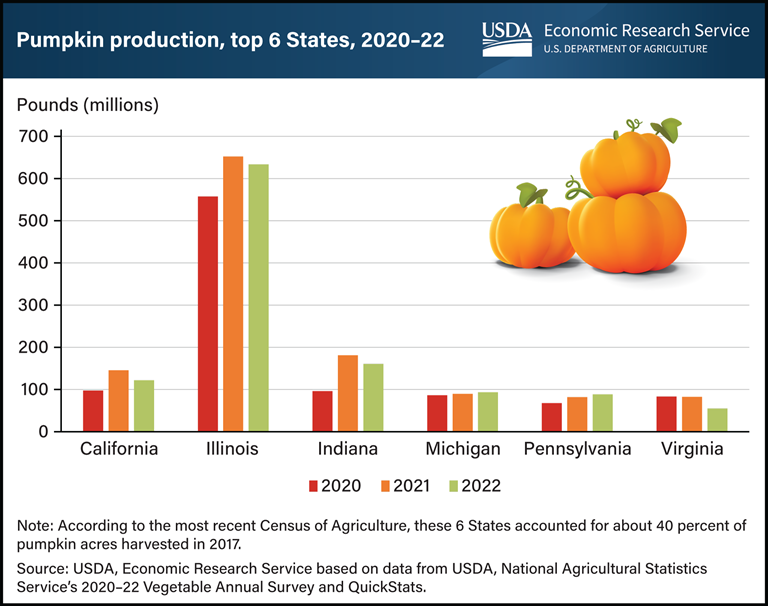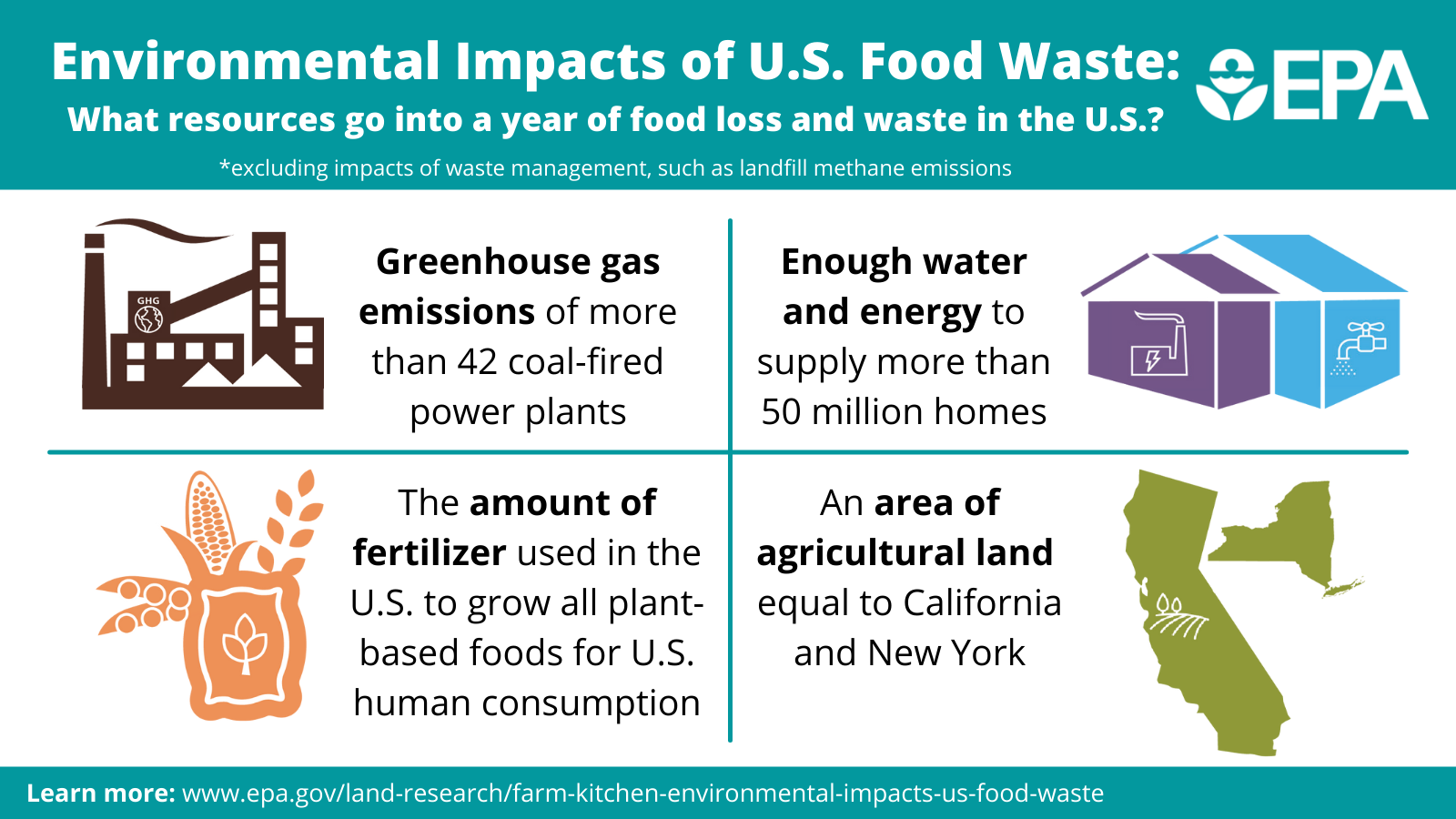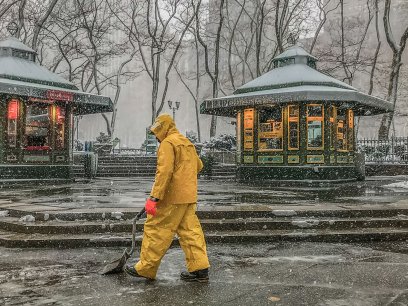
Even though Halloween may be over, don't send your pumpkins to the graveyard!
In 2022, 33% of all food in the United States was wasted. That’s the equivalent of 145 billion meals destined for a landfill or left out in the fields to rot. One way to help reduce the amount of food sent to an early grave and make your Halloween more sustainable? Give your decorative pumpkins a second life!
Pumpkins are grown in every state, with Illinois, Indiana, California, Michigan, Pennsylvania, and Virginia producing the most pumpkins by weight. Together, these six pumpkin production powerhouses produced 1.2 billion pounds of festive gourds in 2022. About 85% of harvested pumpkin acres across the US go to the fresh market, mostly for decorative purposes.

Five Ways to Reuse Halloween Pumpkins
But what happens to all those pumpkins after Halloween has come and gone? Most end up in a landfill. However, the lack of oxygen inside a landfill makes it hard for organic material like pumpkins to decompose properly, resulting in the release of methane gas that is harmful to the environment. All of those gourds (as well as other food items) add up—food waste is the single most common material landfilled and incinerated in this country.

Instead of sending your Halloween pumpkin to a landfill graveyard, consider these easy, environmentally friendly options to improve your household’s sustainability.
Cook Your Pumpkin
Pumpkin is a rich source of vitamin A, potassium, and other vitamins, and has long held an important place in many global cuisines. However, the large orange globes normally used for jack-o-lanterns are typically bred for qualities other than taste—and a carved pumpkin that has been exposed to weather, insects, and wildlife on your stoop is no longer suitable for eating. Smaller heirloom varieties (now carried in many grocery stores) pull double-duty for both their unique aesthetic appeal and their flavorful flesh. For inspiration, check out this guide for cooking with pumpkins and other winter squash from Harvard University.
Compost Your Pumpkin
One of the easiest solutions is to simply add your pumpkin to your compost bin. Adding compost to your garden bed improves soil health. To get started composting, read the EPA’s guide. Pro tip: pumpkins decompose more quickly if you smash them into smaller pieces first. Remember to remove the seeds so you don’t accidentally start growing pumpkins in your compost pile! You can rinse, dry, and save the seeds to plant in your garden next year.
Turn Your Pumpkin into a Bird Feeder
Cut the top off your pumpkin, scoop out the insides, fill it with bird seed … and voila, you have a bird feeder! Hang it from a tree or place it on the ground and watch your feathered friends come flying in. For instructions, use this DIY guide from the National Audubon Society.
Donate Your Pumpkin to Feed Local Farm or Zoo Animals
Whole or carved pumpkins can be a great feed source for livestock like pigs, goats, sheep, and chickens, as well as zoo animals. Just be sure to remove any paint, glitter, or other decorations from the pumpkin first. Keep an eye out for calls for donations from local farmers or zoos. The nonprofit organization Pumpkins for Pigs provides a searchable map to help you find a farm, animal sanctuary, rescue, or composter near you.
Save Your Pumpkin for Thanksgiving
Uncarved pumpkins can last up to 12 weeks before they begin to rot. If your pumpkins are still looking good, save them to use as part of your Thanksgiving tablescape! Family members can write down things they are thankful for on the pumpkin as a visual representation of gratitude. You can also spray-paint the gourd to match your decor.


